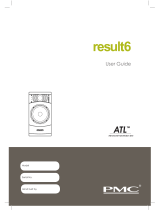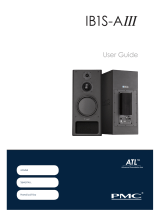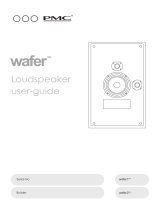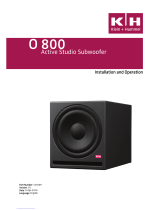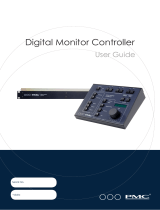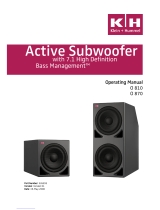
A further advantage of the ATL design
approach is greater bass extension and
higher SPL capability compared to typical
ported or sealed designs of a similar size –
even if similar drivers were used.
Moreover, the very consistent bass driver
loading brings the welcome benet that
the frequency response remains consistent
regardless of listening level, and analytical
auditioning can be conducted without
needing high replay volumes just to achieve
an optimal bass response. This is a unique
and very valuable characteristic of PMC’s
Advanced Transmission Line.
PMC’s unique TM
Advanced Transmission Line
(Advanced Transmission
Line) enclosures have taken loudspeaker
design to the highest level, using sophisticated
cabinet construction, proprietary drive units,
and patented absorption materials and
techniques. The benets are enormous
compared to the relatively simple sealed and
ported designs currently available elsewhere.
PMC’s innovative approach places the bass
drivers near one end of a long cavity (the
Advanced Transmission Line). This cavity
is heavily damped with acoustic material
specied carefully to absorb the upper bass
and higher frequencies radiating from the rear
of the bass driver. The lowest frequencies are
allowed to pass down the line and emerge
from the large rear vent which acts essentially
as an extra bass driver.
An important benet of the TM
Advanced Transmission Line
approach is
that the air pressure inside the cabinet, which
loads the bass driver, remains consistent.
This helps to maintain control of the driver
over a wide frequency range and signicantly
reduces LF distortion. Consequently,
the upper bass detail is not masked by
harmonic distortion and the result is PMC’s
characteristically fast, attacking bass, and
outstanding clarity.
Advanced Transmission Line
How it works
TM
Advanced Transmission Line
‘No other bass loading technology provides such resolution and tonal accuracy at all volume levels’





















